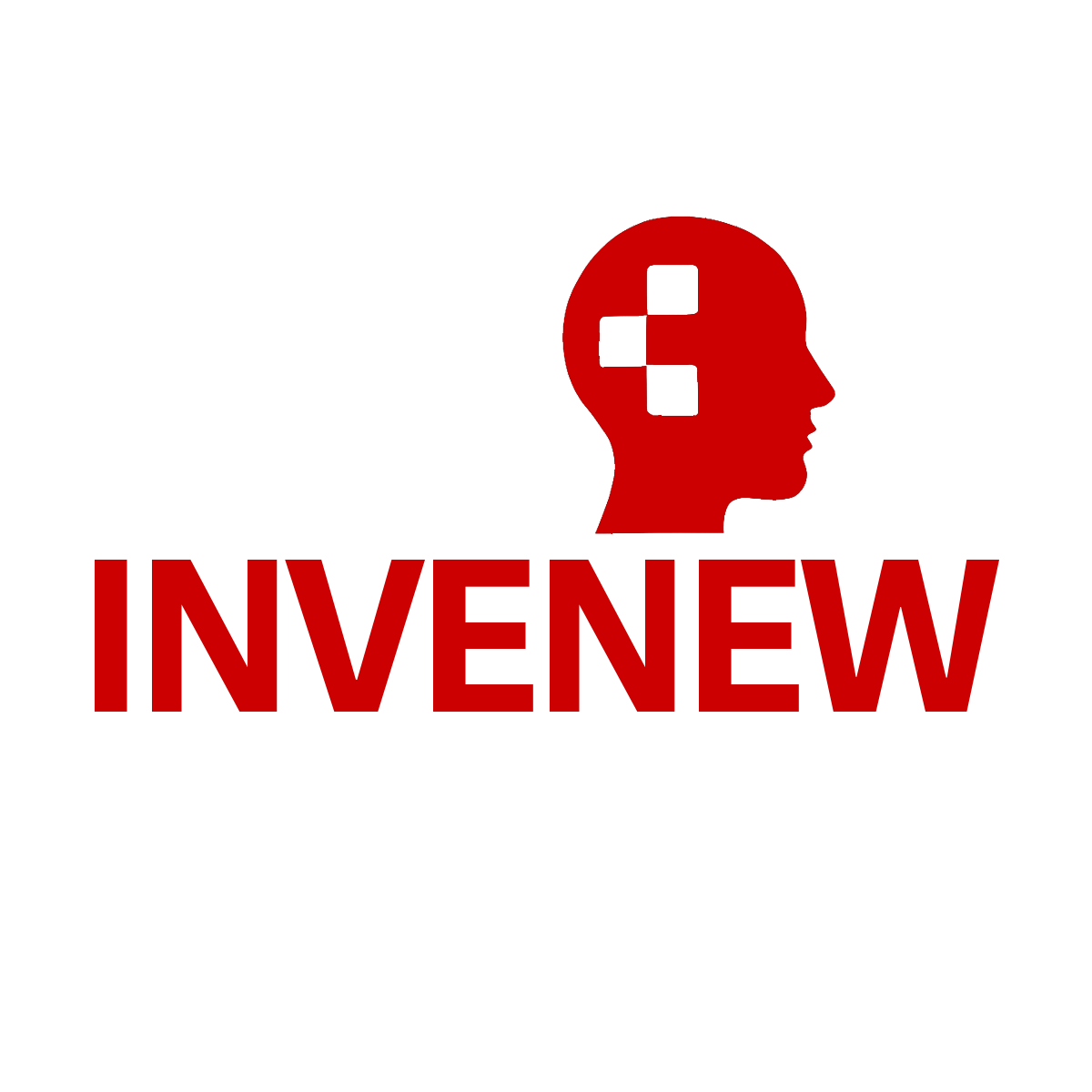ChatDev, an innovative concept birthed from the collaborative minds at OpenBMB, represents a groundbreaking advance in the software development space. This virtual software company, more than just a tool, embodies a paradigm shift, leveraging natural language and large language model (LLM)-powered multi-agent collaboration to revolutionize how we create software.
A New Era of Software Development
Imagine a virtual company with intelligent agents assuming roles like CEO, CTO, programmers, reviewers, and more. ChatDev actualizes this vision. These agents, each with their distinct functions, form an organizational structure united by a mission to transform digital creation through collaboration and advanced AI technology.
ChatDev’s method mirrors the traditional waterfall model, segmenting the development process into clear stages: design, coding, testing, and documentation. This meticulous approach ensures a comprehensive and well-structured development journey, catered to the needs of modern software production.
Effortless Application Generation
One of the most striking features of ChatDev is its capability to rapidly generate applications. As evidenced in the creation of the “Red Packet Rain” game, ChatDev demonstrates its prowess by producing a ready-to-run application in a mere few minutes. This efficiency not only accelerates the development cycle but also opens doors for rapid prototyping and agile response to market needs.
The Significance for Today’s Developers
ChatDev’s approach offers a transformative potential for software development. By harnessing natural language, it democratizes software creation, making it accessible to those who may not have traditional coding skills. This shift towards a more inclusive and collaborative development environment can lead to a surge in creativity and innovation in the tech industry.
Moreover, the multi-agent collaboration model introduces a new level of efficiency and coordination. It allows for parallel progression in various aspects of development, significantly reducing the time from concept to deployment. The flexibility and adaptability of this model also mean that ChatDev can cater to a broad spectrum of projects and requirements.
The Future with ChatDev
As technology continues to evolve, platforms like ChatDev are poised to become integral in shaping the future of software development. By bridging the gap between natural language understanding and software creation, ChatDev is not just a tool; it’s a harbinger of a future where AI and human collaboration create solutions that are more intuitive, efficient, and aligned with human thinking.
In conclusion, ChatDev stands as a testament to the innovative spirit of technology. It is not merely a product but a visionary approach to software development, promising a future where ideas are seamlessly transformed into digital realities. The path it paves for accessible, efficient, and intelligent software creation marks a significant milestone in the evolution of technology and its role in society.
Detailed Summary of the reseach paper “Communicative Agents for Software Development“
Introduction to ChatDev: ChatDev introduces a novel approach in software engineering, integrating Large Language Models (LLMs) to streamline and unify key software development processes. It is a virtual, chat-powered software development company that replicates the established waterfall model, methodically breaking down the development process into distinct stages: designing, coding, testing, and documenting. This model promotes collaboration and effective communication, leading to the efficient resolution of specific subtasks.
ChatDev’s Operational Framework: The ChatDev framework employs multiple agents in different roles, such as programmers, reviewers, and testers. Each phase of the software development process is subdivided into atomic subtasks through a ‘chat chain’. This structure facilitates the analysis of client requirements, idea generation, prototype design, implementation, and the creation of user manuals and appealing graphics. The final product delivered to the user includes source code, environment specifications, and user manuals.
Phases in Detail:
- Designing Phase: Involves roles like CEO, CPO, and CTO. Decisions regarding software modality and programming languages are made through sequential atomic chatting tasks.
- Coding Phase: Involves roles such as CTO, programmer, and art designer. Tasks include generating complete codes and designing a user-friendly GUI.
- Testing Phase: Consists of roles like programmer, reviewer, and tester. This phase includes peer review for static debugging and system testing for dynamic debugging.
- Documenting Phase: Engages agents like CEO, CPO, CTO, and programmer to generate project documentation, including environment specifications and user manuals.
Experimental Setup and Results: The experiment utilized the “gpt3.5-turbo-16k” version of ChatGPT. It analyzed the software produced by ChatDev in response to various user requirements, demonstrating the system’s efficiency and cost-effectiveness. The average software production time was around 409.84 seconds (less than 7 minutes) at a cost of $0.2967. The software typically included 2 to 8 code files and 4 to 5 document files. Remarkably, approximately 86.66% of the software systems executed flawlessly, highlighting the robustness and reliability of the developed software. However, some challenges, like the token length limit of the API and external dependency issues, were noted.
Limitations and Future Directions: While ChatDev offers a training-free, efficient, and cost-effective paradigm for software development, it faces potential risks and limitations. The system’s output may vary between runs due to inherent randomness in LLM-generated output. There are also challenges in generating code that aligns with the problem-solving thinking of real programmers and in addressing high-level or large-scale software requirements. Future research can focus on refining communication protocols and integrating emerging technologies like reinforcement learning and explainable AI to enhance the performance and effectiveness of ChatDev. This ongoing research aims to achieve greater efficiency in software production, potentially leading to a new frontier in natural language processing and software engineering.
______
References:
- GitHub Source for ChatDev: OpenBMB. (n.d.). ChatDev: Create Customized Software using Natural Language Idea (through LLM-powered Multi-Agent Collaboration). GitHub. https://github.com/OpenBMB/ChatDev
- Research Paper: (2023) Communicative Agents for Software Development. [arxiv.org]. https://arxiv.org/abs/2307.07924



